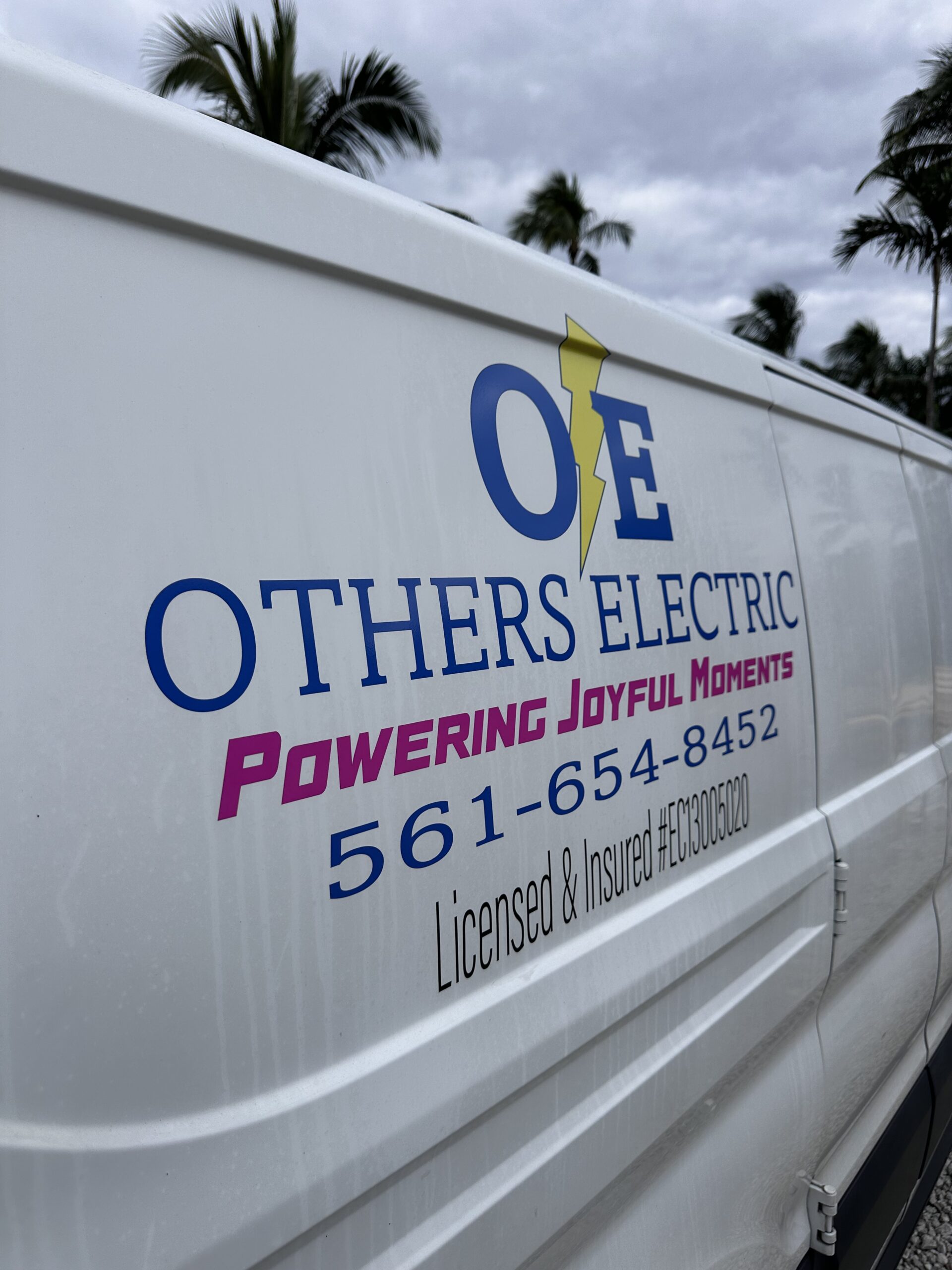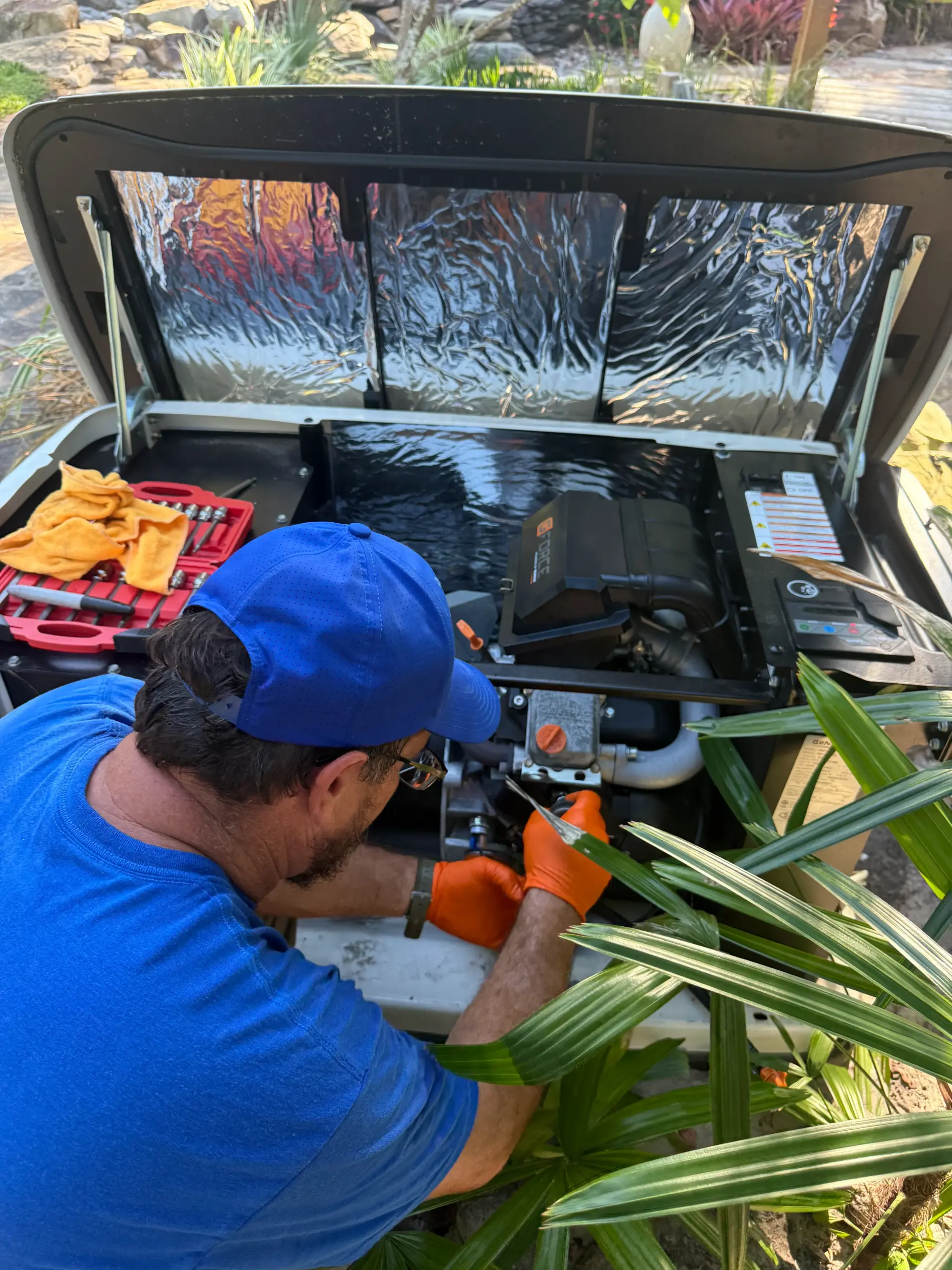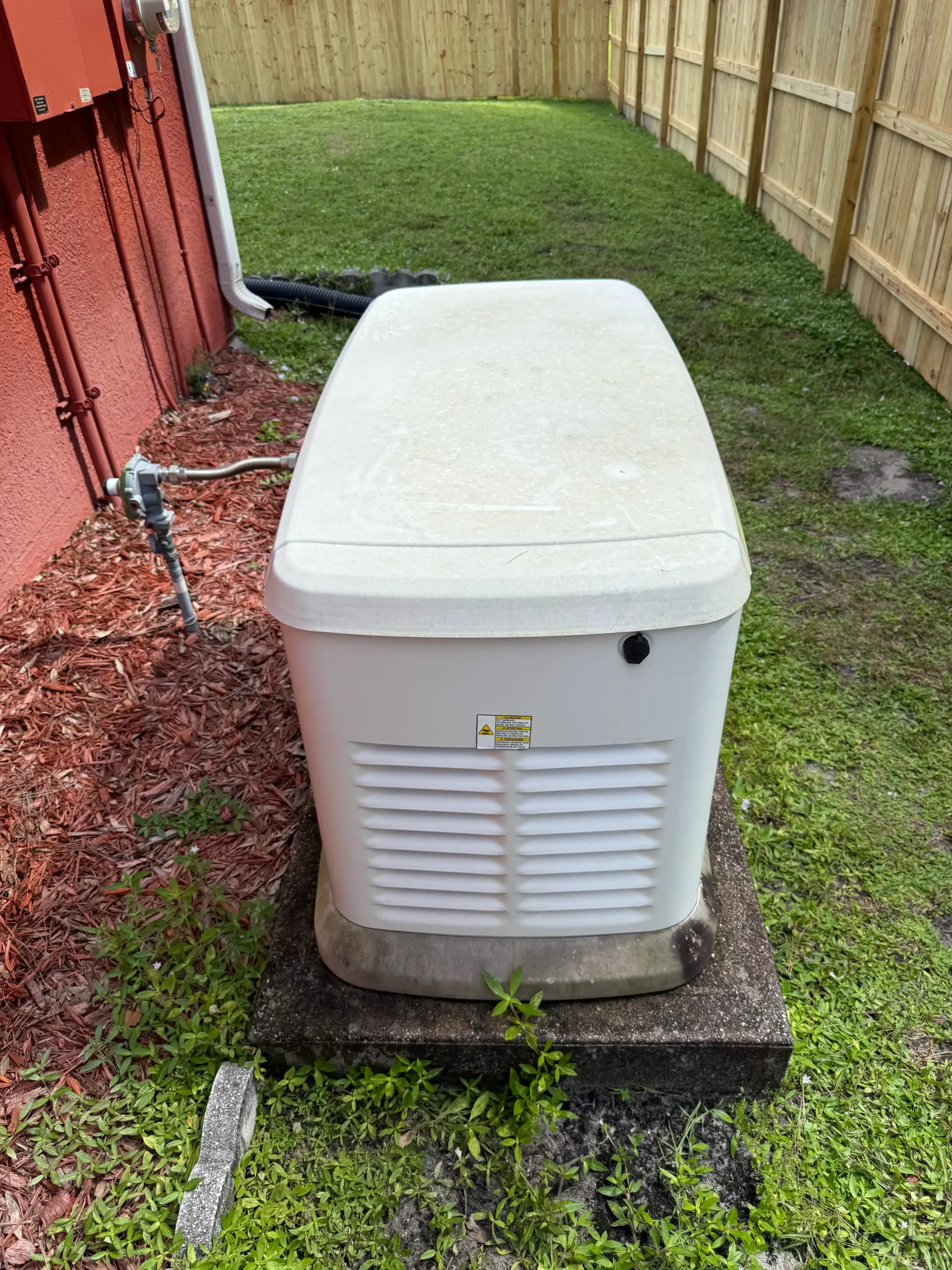Electricity is a fundamental aspect of modern life, powering everything from homes and businesses to industries and technologies. Understanding how we generate electricity provides insight into the energy landscape, the methods used, and their implications for the environment and economy. You might be wondering how do we generate electricity? This article will explore the various methods of electricity generation, their advantages and disadvantages, and the future of energy generation as we strive for sustainability and efficiency.

The Basics of Electricity Generation and How Do We Generate Electricity
Electricity generation is the process of converting various forms of energy into electrical energy. This process can occur through several methods, including thermal, mechanical, and chemical means. The primary sources of energy for electricity generation include fossil fuels, nuclear power, and renewable energy sources such as wind, solar, and hydropower.
The Role of Power Plants
Most electricity generation occurs in power plants, which are facilities designed to produce electricity on a large scale. Power plants can be classified based on the energy source they utilize. For instance, fossil fuel power plants burn coal, natural gas, or oil to generate steam that drives turbines, while nuclear power plants use nuclear fission to produce heat for steam generation. Renewable energy plants harness natural processes, such as wind and sunlight, to generate electricity directly or indirectly.

Fossil Fuel-Based Electricity Generation
Fossil fuels, including coal, natural gas, and oil, have historically been the dominant source of electricity generation worldwide. These fuels release energy when burned, which is used to heat water and produce steam. This steam drives turbines connected to generators, ultimately producing electricity.
Coal Power Plants
Coal-fired power plants are among the oldest and most widely used forms of electricity generation. In these plants, coal is burned in a furnace, producing heat that converts water into steam. The steam spins turbines, generating electricity. While coal is abundant and has historically been cheap, its combustion releases a significant amount of greenhouse gases and other pollutants, contributing to climate change and air quality issues.
Natural Gas Power Plants
Natural gas power plants are becoming increasingly popular due to their lower emissions compared to coal. In these facilities, natural gas is burned to produce hot gases that drive turbines. Combined cycle natural gas plants take this a step further by using the waste heat from gas turbines to produce steam for additional electricity generation, enhancing overall efficiency. However, natural gas extraction and transportation can also have environmental impacts.
Oil Power Plants
Oil-fired power plants are less common than coal and natural gas plants but still play a role in electricity generation, particularly in regions where other fuel sources are less accessible. Similar to coal and natural gas plants, oil power plants use combustion to produce steam that drives turbines. However, due to higher costs and environmental concerns, their use is declining.
Nuclear Power Generation
Nuclear power is another significant source of electricity generation, accounting for about 10% of the world’s electricity. Nuclear power plants use uranium as fuel, undergoing a process called nuclear fission. During fission, uranium atoms split apart, releasing a massive amount of energy in the form of heat.
The Nuclear Fission Process
In a nuclear reactor, the heat generated from fission is used to produce steam, which drives turbines connected to generators. The process is highly efficient, with nuclear plants producing large amounts of electricity with minimal fuel compared to fossil fuels. Furthermore, nuclear power generates very low greenhouse gas emissions during operation.
Safety and Waste Concerns
While nuclear power has its advantages, it also poses significant challenges. Concerns about safety, particularly in the wake of accidents such as Chernobyl and Fukushima, have led to public apprehension about nuclear energy. Additionally, the long-term storage and management of radioactive waste remain unresolved issues. Despite these challenges, nuclear power continues to be an essential component of the energy mix in many countries.
Renewable Energy Sources
As the world shifts towards more sustainable energy practices, renewable energy sources are gaining prominence in electricity generation. These sources are environmentally friendly, reducing reliance on fossil fuels and minimizing greenhouse gas emissions. The most common renewable energy sources include solar, wind, hydro, and biomass.
Solar Power Generation
Solar power is harnessed using photovoltaic (PV) panels, which convert sunlight directly into electricity. Solar farms consist of numerous panels arranged to capture sunlight efficiently, while smaller residential systems allow homeowners to generate their electricity. Solar power has seen tremendous growth due to decreasing costs, technological advancements, and government incentives.
Wind Power Generation
Wind power is generated using wind turbines that convert the kinetic energy of wind into mechanical energy. Wind farms can be found onshore and offshore, where wind resources are abundant. Wind power is one of the fastest-growing sources of electricity generation worldwide. While wind energy is clean and renewable, its variability in output due to changing wind patterns can pose challenges for grid management.
Hydropower Generation
Hydropower is generated by harnessing the energy of flowing water, typically through dams. Water released from a reservoir spins turbines, generating electricity. Hydropower is one of the oldest and most reliable forms of renewable energy. It provides a significant share of global electricity, but environmental concerns regarding the ecological impact of dams and water flow management have led to debates about its expansion.
Biomass Power Generation
Biomass energy comes from organic materials, such as wood, agricultural residues, and waste. These materials can be burned to produce heat, which generates steam for electricity production or converted into biofuels. Biomass is considered renewable, but its sustainability depends on responsible sourcing and management.

Electricity Generation and the Environment
Electricity generation has a substantial impact on the environment. Traditional fossil fuel sources contribute significantly to air pollution and greenhouse gas emissions, exacerbating climate change. In contrast, renewable energy sources present a cleaner alternative, although they also have environmental considerations, such as land use and ecosystem impacts.
The Transition to Clean Energy
The global transition toward clean energy is crucial in combating climate change and promoting sustainability. Governments and organizations worldwide are investing in renewable energy technologies and infrastructure to reduce greenhouse gas emissions and reliance on fossil fuels. This transition also encompasses energy efficiency measures and grid modernization to accommodate fluctuating renewable energy outputs.

The Future of Electricity Generation
The future of electricity generation is likely to be shaped by technological advancements, policy changes, and societal preferences. Innovations in energy storage, such as batteries, will play a vital role in addressing the intermittency of renewable energy sources. Improved energy efficiency and smart grid technologies will enhance the reliability and resilience of electricity systems.
The Role of Distributed Energy Resources
Distributed energy resources (DERs), including rooftop solar panels and community wind farms, are becoming increasingly important. These systems allow individuals and communities to generate their electricity, reducing reliance on traditional utility models. As more households adopt DERs, the energy landscape will continue to evolve, with decentralized energy systems becoming more prevalent.

Conclusion
Electricity generation is a complex and evolving process influenced by various factors, including technology, environmental concerns, and energy policies. Understanding the different methods of electricity generation and their implications is essential for making informed choices about energy consumption and contributing to a more sustainable future.
At Others Electric, we are committed to providing our customers with the best solutions for their electricity generation needs. Whether you’re looking to install renewable energy systems, upgrade your electrical infrastructure, or simply learn more about how electricity is generated and used, we are here to help. Our team of experts is dedicated to delivering high-quality services that meet your specific requirements. Contact Others Electric today to learn more about how we can assist you in navigating the ever-changing energy landscape! We hope this helps you understand how do we generate electricity.







